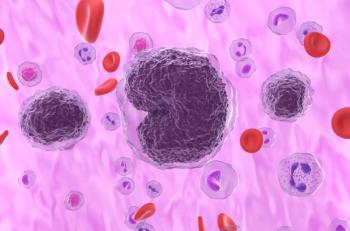
CMS Updates CGM Eligibility to Broaden Coverage for Beneficiaries
New CMS changes aim to broaden coverage of continuous glucose monitoring (CGM) devices.
Recently, CMS
According to the Local Coverage Determination (LCD), no evidence exists to support that frequent self-monitoring blood glucose (SMBG) over 4 times per day “as a prerequisite for initiating CGM use is predictive of improved health outcomes.” This stance is also supported by several diabetes organizations including the Endocrine Society, Diabetes Canada, and the Chinese Diabetes Society, all of which do not endorse a prerequisite baseline SMBG frequency before using CGM.
Revisions will become effective on July 18, 2021. The changes mark a significant step forward for many diabetes advocates, including the Association of Diabetes Care & Education Specialists (ADCES).
“This updated Local LCD was a direct result of coordinated advocacy efforts among patient and provider groups, as well as industry partners, coalitions and other entities,”
Additional updates included:
- Removing “Medicare-covered” from continuous subcutaneous insulin infusion (CSII) pump criterion language for CGMs
- Clarification of coding verification language for products billed as K0554
- Revision of 5 minutes for measuring interstitial fluid of glucose content by a CGM devise to 1 minute
CMS coverage of CGM devices has been a hotly contested issue for years, both in and outside of the
These new revisions come after a rule proposed in
Despite these recent gains, advocates note that more work needs to be done. “We know there are more changes that must be made and ADCES is working with the Diabetes Technology Access Coalition to push for additional improvements, including removing the requirement for multiple daily injections of insulin to qualify for a CGM device,” Thomas said.
The American Diabetes Association (ADA) also praised the announcement, calling it a “big win for the diabetes community” and
Newsletter
Stay ahead of policy, cost, and value—subscribe to AJMC for expert insights at the intersection of clinical care and health economics.













































